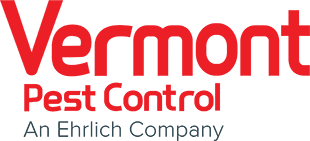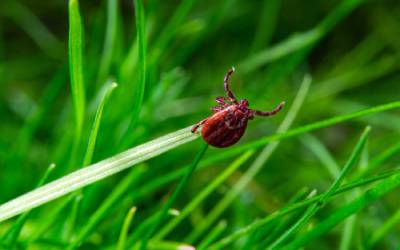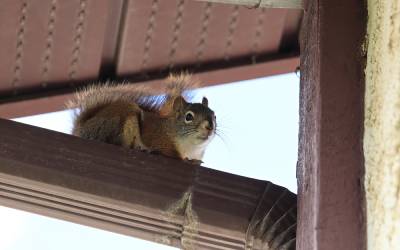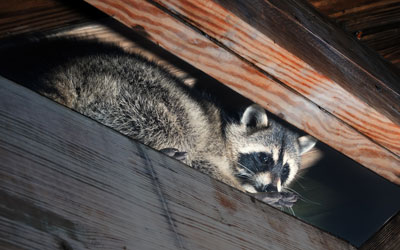While what we refer to as “pest season” ends in the middle of summer, this doesn’t mean that the late summer season is free of pests entirely. In fact, there are several kinds of pests that thrive in these conditions in Vermont. Preventing these pests for the rest of the summer means making regular efforts to ensure that your property is in inviting them in. To learn about late summer pests and the prevention techniques that our technicians at Vermont Pest Control recommend you use against them, read on!
Pests to Look Out For in Late Summer
Several kinds of critters to just find in the heat and relative aridity of the late summer. These are the pests that we are most often called to deal with in August and September:
- Ticks: These parasitic arachnids lurk in large numbers in the forests of Vermont. Because they breed in the late spring and early summer, tick numbers are at their highest right about now.
- Wildlife: If an animal hibernates during the winter, it means that they will be out and about all summer, taking advantage of the favorable conditions. Raccoons, possums, and squirrels commonly cause property damage in the late summer.
- Bees and wasps: If you host regular outdoor get-togethers or have a habit of leaving food out, you can easily attract bees and wasps, or even incentivize them to build a nearby nest.
- Mosquitoes: Mosquitoes are a tricky pest to deal with because if you don’t prevent their ability to breed, they can stick around in large numbers through the summer and into the fall.
How Can I Prevent Pests in Late Summer?
While we encourage all of our customers to lead with natural, DIY pest prevention, it is important to know that any serious pest infestation should be addressed by a licensed exterminator right away. That said, we advise you to add these measures to your routines to keep late summer pests away:
- Seal gaps shut: You could have tiny gaps or cracks in your fencing, roofing, siding, foundation, windows, or doors that you’ve never paid close attention to. These holes could be used as pest entryways, so seal what you can with a silicone-based caulk and install screens where needed.
- Be cautious with garbage: Taking out the trash frequently and using sealable outdoor bins will go a long way in preventing bees, wasps, wildlife, and other pests.
- Eliminate standing water: Mosquitoes will breed in even the tiniest of standing water pools, so you have to cover or pour it out wherever you find it on your property. Be sure to double-check gutters, planter boxes, and other receptacles.
- Do regular yard maintenance: Get rid of grass clippings and leaf piles promptly, trim your trees and shrubs back, and take regular decluttering sweeps to prevent pests from finding hiding places.
Late Summer Pest Control in Vermont
Sometimes you discover a pest infestation before you have the time to do anything about it. If you’re dealing with an outbreak of any kind of pests that’s getting out of hand, let your local pest control company know. Our licensed and certified technicians at Vermont Pest Control can assess your property for the cause of the infestation, quickly handle the pest problem, and teach you how to prevent similar ones going forward. For a free quote, contact us today!



